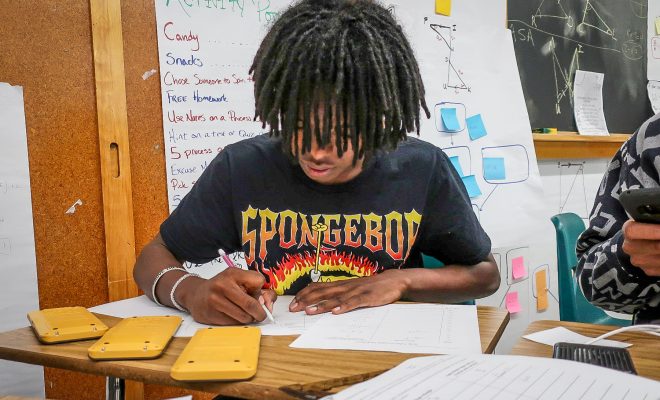Engaging Learners Through Simulations

Using simulations, educators may teach higher-level critical thinking abilities while also meeting learning objectives. Simulations provide students with the opportunity to respond to real-world circumstances and see the implications of their decisions.
Instructional Designers’ Best Practices
I recently met with a group of instructional designers from Herzing University, all of whom use our product to build simulations for courses such as nursing, business, and information technology. While each program prepares students for its specific learning objectives and professional cultures, the instructional designers all agreed on a few excellent practices for creating friendly, engaging simulations that teach higher-level critical thinking skills while meeting learning objectives.
- Create Characters to Increase Interactivity
To promote involvement even further, the researchers built characters who return to students in simulations throughout their academic careers. A simulated patient may return multiple times, frequently with different symptoms, providing trainees with the opportunity to deal with individuals whose backgrounds and other health difficulties they are familiar with or even foresee ailments that may need to be addressed at a later date.
- Utilize the Work of Other Designers
To keep simulations interesting, present students with alternative variables as they proceed through them or redo them so that a specific simulation is not the same experience each time.
Reese mostly works on simulations for the business school, but she admits to being drawn into nursing on occasion. When she realized that patients in a nursing simulation had slightly different vital signs each time a student ran through a simulation, she decided to adopt that concept to accounting simulations in which students practice topics like the accounting equation “assets plus liabilities equals account.”
- Begin at the end.
It is critical to have a clear vision of what you want pupils to achieve. Is the simulation being used to test their understanding? Do you want them to be exposed to new information? Are you attempting to persuade them to consider a different viewpoint? These are all goals that simulations can help you attain, but they require different designs to work properly.
Along with your goal, you should consider the whole scenario. One of the most difficult aspects of the Herzing team’s design task, according to several members, is obtaining instructors to provide them with situations to employ designers who worked on nursing simulators; on the other hand, they indicated that their situations are frequently influenced by ideas from the vice provost of education. The researchers then stated that they work with subject matter experts, including department chairmen, to flesh out their simulations.
- Soft Skills Are Required
We live in a skill-based economy, where having the right degree isn’t enough. Students must be able to exhibit not only their technical abilities but also the social skills essential in today’s business. Rose claims to have created a whole interview simulation for IT students in which they must select the most politically acceptable answer from a series of questions.
Because employers are seeking new employees who know how to socialize with their coworkers, IT students must demonstrate their ability to communicate and collaborate.
Students can utilize simulations to learn higher-level thinking abilities and observe the consequences of their choices. This is an entertaining practice activity and a great motivator to solve knowledge gaps before leaving the simulated world to get a job in the professional world.

